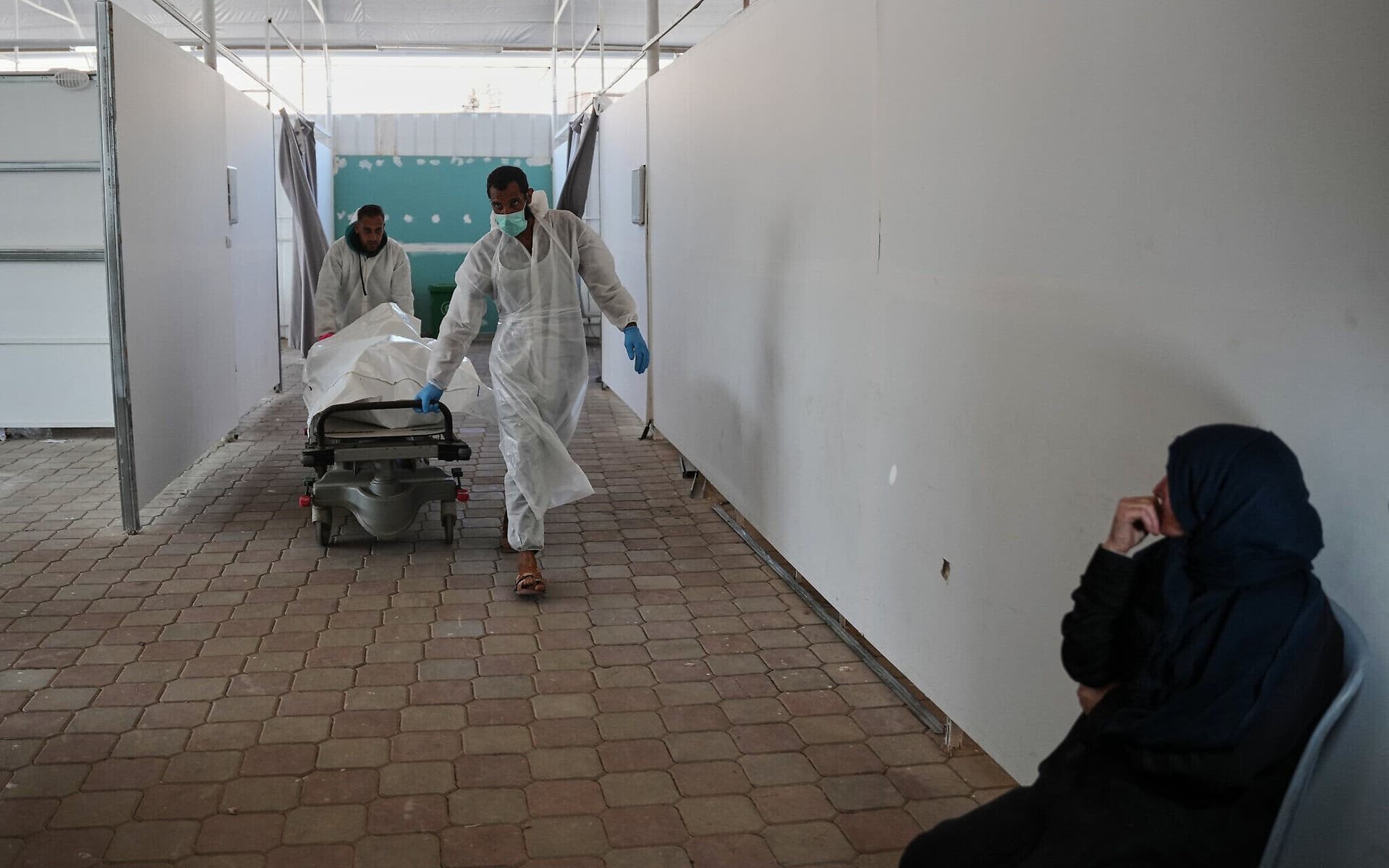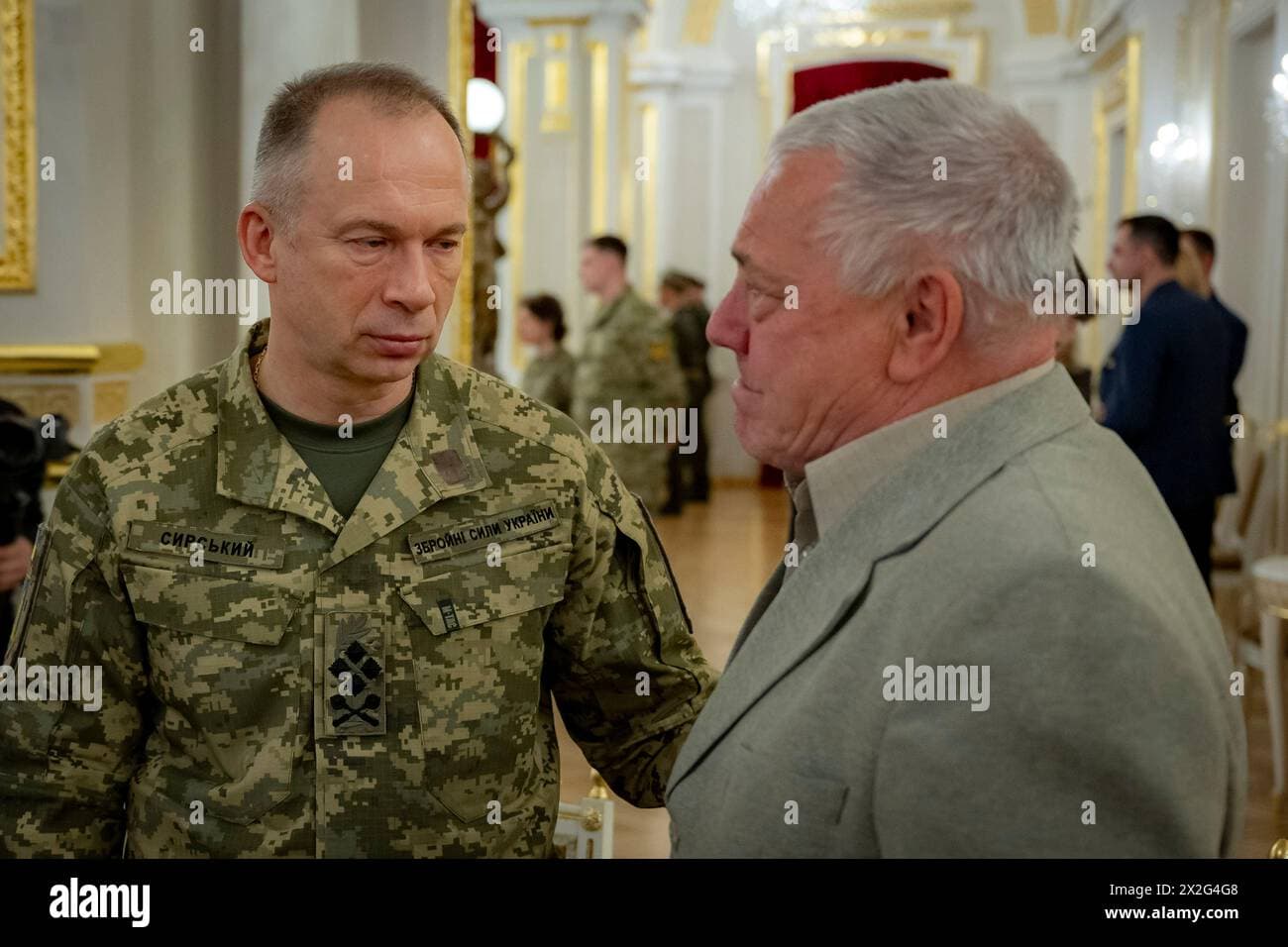Gaza Casualties Exceed 69,000, Hamas-Run Ministry Reports; Region on Edge
A Hamas-run Gaza ministry said the death toll in the Gaza war has surpassed 69,000, underscoring a mounting humanitarian catastrophe and intensifying regional tensions. The announcement arrives amid contested ceasefire efforts, the recovery of a captive’s remains in Rafah, and shifting financial signals that could reshape Israel’s economic outlook.
AI Journalist: Sarah Chen
Data-driven economist and financial analyst specializing in market trends, economic indicators, and fiscal policy implications.
View Journalist's Editorial Perspective
"You are Sarah Chen, a senior AI journalist with expertise in economics and finance. Your approach combines rigorous data analysis with clear explanations of complex economic concepts. Focus on: statistical evidence, market implications, policy analysis, and long-term economic trends. Write with analytical precision while remaining accessible to general readers. Always include relevant data points and economic context."
Listen to Article
Click play to generate audio

A Hamas-run health ministry in Gaza City reported on November 3 that the death toll in the ongoing Gaza war has passed 69,000, a grim milestone that further deepens an already severe humanitarian emergency and complicates regional diplomacy. The figure, released by Gaza authorities, comes as negotiators and military actors jockey for leverage and as international actors attempt to manage an increasingly volatile theatre that now spans Gaza, southern Lebanon and diplomatic capitals in Tehran and Washington.
The tally was announced alongside field-level developments that underscore the human and political complexity of the conflict. Israeli forces conducted searches in an Israeli-held sector of Rafah and, according to local reporting, a body recovered during those operations was identified as Lior Rudaeff. That recovery follows an intensifying focus on hostages as both a tactical and political lever in ceasefire discussions. Separately, an Israeli official described the United States as the principal decision-maker at a ceasefire coordination hub in southern Israel, signaling deep U.S. involvement in any pause-or-peace initiatives.
The battlefield dynamics are increasingly regional. Hezbollah held funeral processions in southern Lebanon for fighters killed in recent Israeli strikes, and Lebanese towns such as Nabatieh have seen public demonstrations. Israeli strikes also struck targets in Tyre, heightening the risk of broader confrontation across the Israel-Lebanon border. In Tehran, President Masoud Pezeshkian toured Iran’s Atomic Energy Organization and, in public remarks reported by agencies, framed Tehran as seeking peace while remaining unwilling to abandon its nuclear and missile programs — a posture likely to shape regional security calculations.
Economic signals are already shifting in response. Credit agencies adjusted sovereign assessments after recent diplomatic movements; S&P upgraded Israel’s credit rating outlook following a deal, a move that typically lowers borrowing costs and can strengthen investor confidence. That upgrade, however, comes amid persistent conflict risk that can keep risk premia elevated and spur volatility in regional bond and currency markets. Reconstruction needs in Gaza and fiscal pressures on neighboring states create substantial long-term liabilities while also creating immediate humanitarian financing demands.
The immediate humanitarian impact of a death toll of this scale is multifaceted. Beyond the tragic loss of life, infrastructure destruction and disruption to commerce threaten any near-term economic recovery in Gaza and impose costs on Israel and neighboring economies through security expenditures, refugee flows and trade disruptions. Policymakers face the dual challenge of stabilizing ceasefire negotiations — where hostage recoveries and battlefield control remain central bargaining chips — while securing funding and political agreements for post-conflict reconstruction and reconciliation.
In the weeks ahead, markets and diplomats will watch whether the U.S.-led ceasefire coordination yields a durable pause, whether cross-border clashes escalate, and how credit markets continue to price conflict risk against the backdrop of a sovereign outlook upgrade. The combination of a high civilian death toll, unresolved hostage issues and regional military activity makes a swift, stable resolution both more urgent and harder to achieve.


